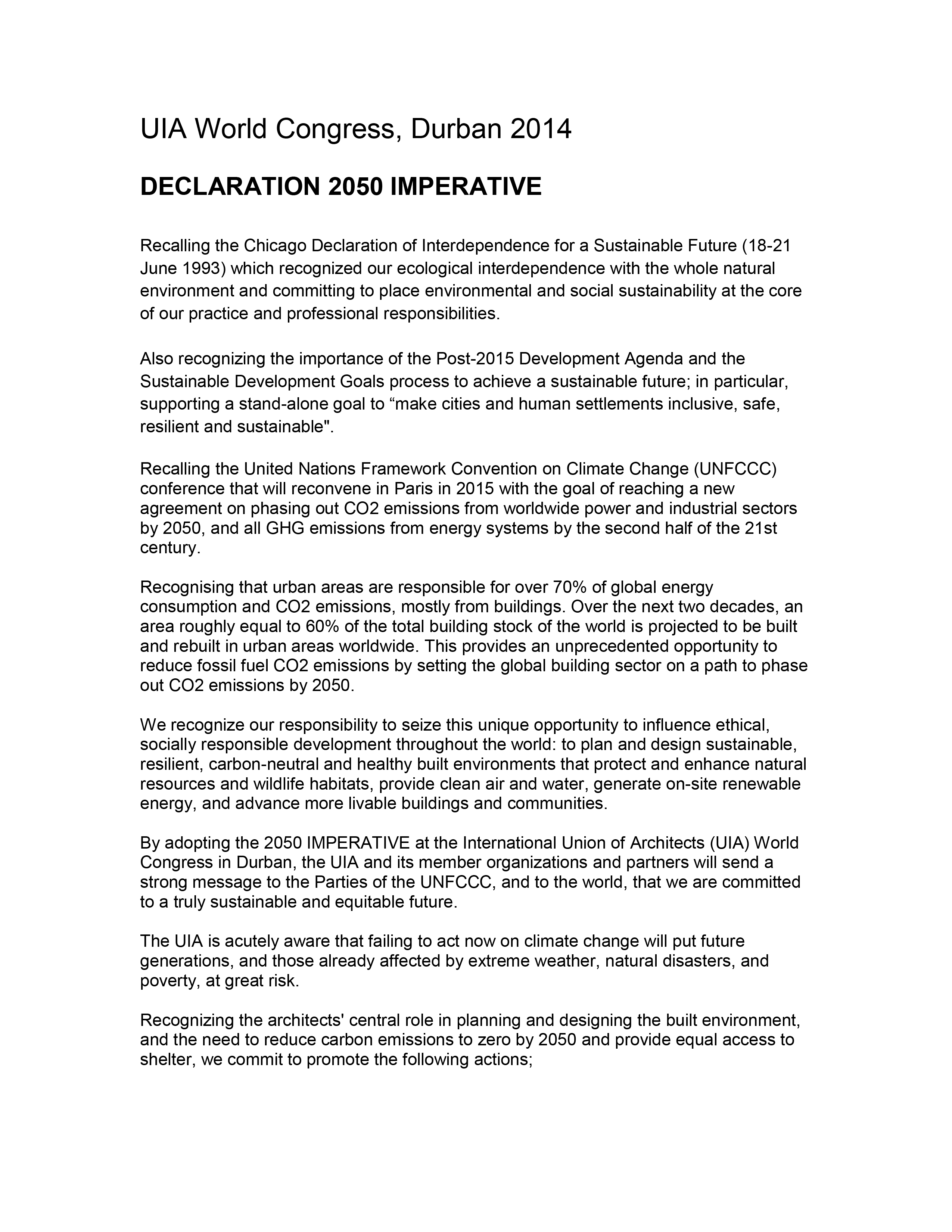WRITING "SUSTAINABILITY" INTO ARCHITECTURE
The threat of climate change is a growing concern within the architectural community. Calls to action such as the Green New Deal and 2050 Imperative propose the adoption of “sustainable” practices as a response. Certifications provide an authority under which architects can write sustainability into their work. Current multi-attribute building certifications compete with seemingly parallel goals reflecting the calls to action. However, when charting the goals, language, timelines, and means of measurement across the documents, inconsistent messages reveal an incompatibility amongst them.







